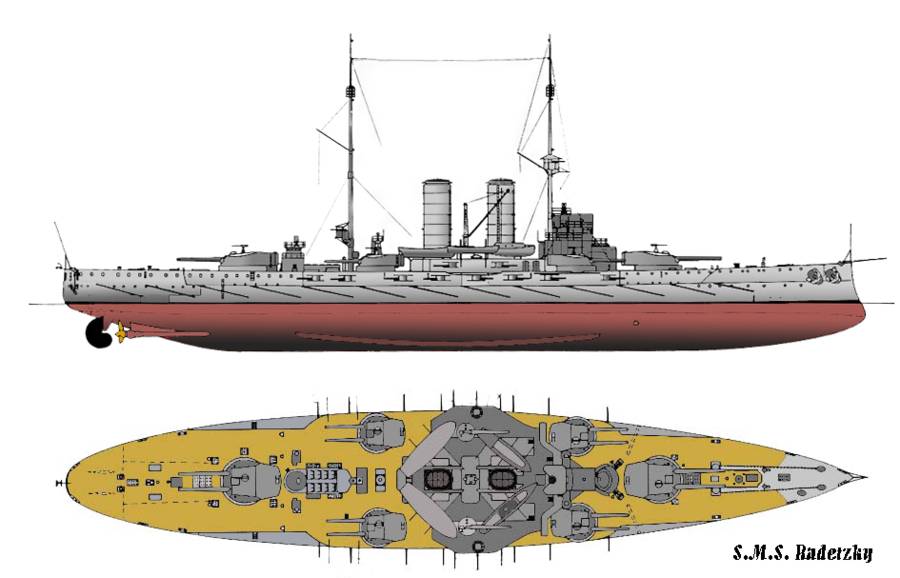HMNLS Zeeland (BC-1937)
The Dutch Navy had never been able to complete any of its plans for building capital ships of either battleship or battlecruiser types due to the intervention of wars and the need for the Dutch to source the heavy guns and armour plate required from outside interests. My creation of the Allied War Reparations Commission and that body overseeing the disposal of all naval and other assets from the German and Austro-Hungarian fleets and armies meant that all of the countries that did not have access to these resources now could. All they needed was money and they could purchase themselves the ships they wanted. That money was then paid out to the participating Allied powers on a pro-rata basis as previously worked out by them.
The Dutch designers utilised the same hull type as used for the battleship Celebes with slightly different dimensions required for the four twin turrets as opposed to the two quadruple turrets.
The Zeeland class were fitted with a dual-purpose secondary armament and the twin 4.7" proved to be an excellent gun system leading on to the post-war automatic 4.7" developed for the Halland Class. Production of the later gun may have come earlier but 5 years of occupation meant no research was undertaken. Five anti-aircraft directors were fitted to control the AA guns. At the time of designing and building a new light AA gun system was under proving and manufacture processes and space was provided for eventually 14 of the new twin mountings. The aircraft handling facilities were fitted at the stern with a below deck hangar that could fit up to 5 aircraft while normal complement was 3. Special corridors had to be fitted through the hangar area to allow the Captain/Admiral access to the stern quarters fitted as both ships were to be able to act as flagships.
The 9.1" armoured belt was that removed from the Radetzkys and re-rolled and fitted in two halves to these ships. A new 4.7" deck armour was produced and fitted. The turret armour at 9.8" (250mm) was considered adequate. The secondary turrets were fitted with 1.5" armour designed to keep out splinters and aircraft ordinance. The Dutch battlecruisers were designed as cruiser killers with armour to make them cruiser gun proof yet still be able to outrun bigger ships. For firing the guns astern the crane needed to be laid on the deck with all aircraft struck below or in the air as spotters to the main guns.
The propulsion system was a basic steam system with boilers and turbines to produce a projected speed of 32 knots. This would allow the ships to act with the cruisers under construction and the light cruisers on the drawing boards. A third hull of the class type was laid down at the same time as the other two but was to be completed as an aircraft carrier (See Karel Doorman).
| Displacement | 30,000 tons std 36,800 tons full load |
| Length | 758 ft |
| Breadth | 92 ft |
| Draught | 27 ft |
| Machinery | 4 shaft steam turbines, 150,000shp |
| Speed | 32 knots |
| Range | 9000 miles at 15 knots (3,000 nm at 28 knots) |
| Armour | 9.1" side, 4.7" deck, 10/7/6" turrets |
| Armament | 8 x 12" (4x2) 16 x 4.7" (8x2) 28 x 40mm (14x2) 14 x 20mm (14x1) |
| Aircraft | 3 (up to 5) |
| Torpedoes | 6 x 21" (2x3) |
| Complement | 1580 |
| Notes | HNLMS Zeeland HNLMS Groningen |

The Radetzky class pre-dreadnoughts provided the Dutch Navy with guns and armour that provided for the ships they could never have built otherwise. Battlecruisers, Cruisers and Destroyers and Escorts all came from these ships.